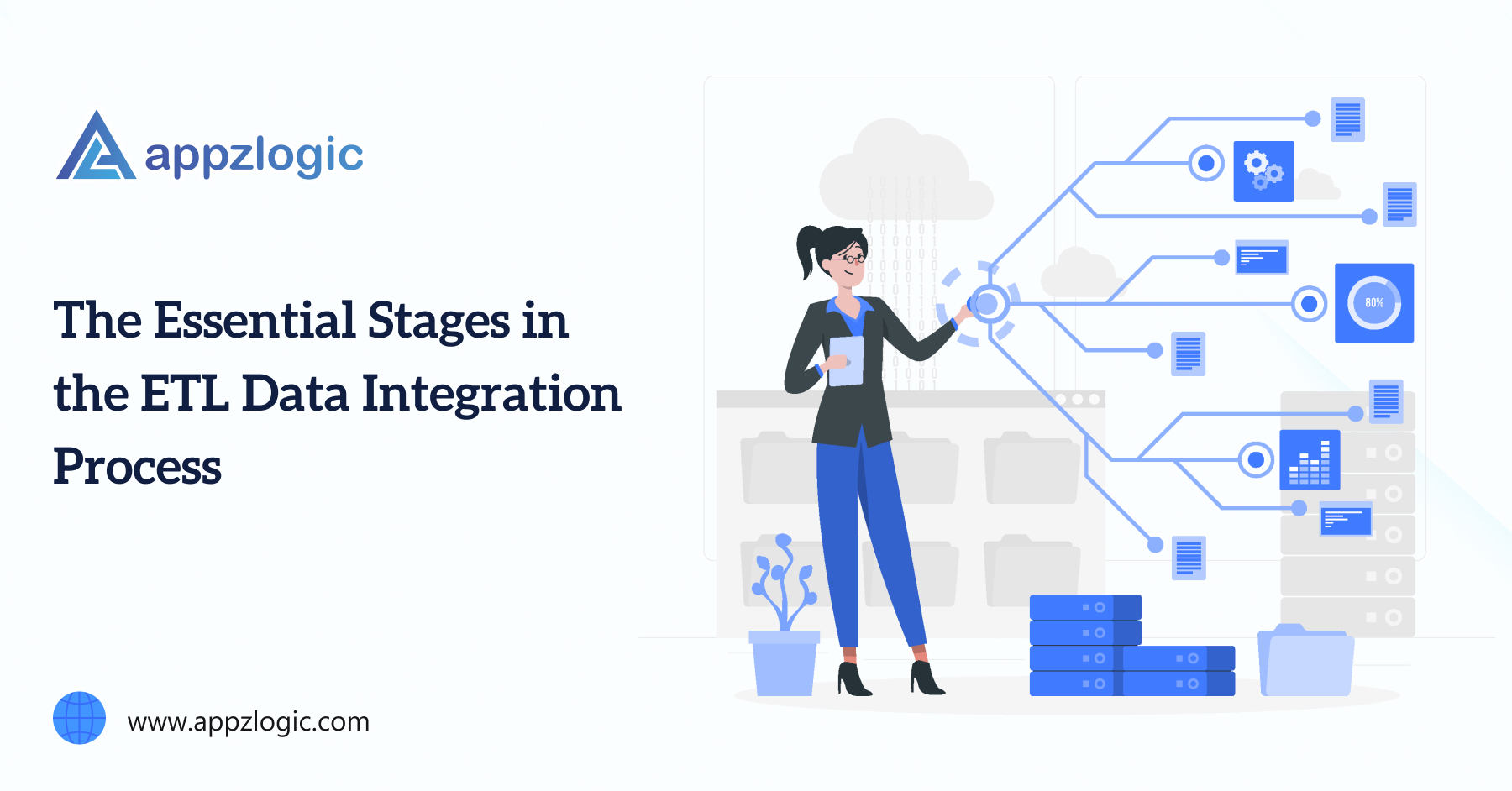Introduction:
In the vast ocean of data, businesses are constantly seeking ways to extract meaningful insights that can drive informed decision-making and fuel growth. This quest often leads them to embrace the ETL (Extract, Transform, Load) data integration process. ETL development plays a pivotal role in this journey, serving as the bridge between raw data and actionable intelligence. In this blog post, we embark on an exploration of the essential stages in ETL development, unraveling its significance in the realm of data integration.
Unveiling ETL Development:
ETL development is a systematic approach to managing data, encompassing three distinct phases: extraction, transformation, and loading. Let’s dive into each of these stages to understand their intricacies and importance in the data integration process.
Extraction: Harvesting Data from Various Sources
The first stage of ETL development involves the extraction of data from disparate sources. These sources may include databases, cloud storage, flat files, APIs, or even legacy systems. The goal is to gather relevant data sets that will be transformed and loaded into a target destination. ETL developers must carefully select and configure extraction methods to ensure the efficient retrieval of data while minimizing impact on the source systems.
Transformation: Shaping Data for Analysis and Insights
Once the data is extracted, it undergoes transformation to make it suitable for analysis and interpretation. This stage involves a series of operations such as cleaning, filtering, aggregating, and enriching the data. ETL developers apply business rules, algorithms, and logic to standardize the data format and structure, ensuring consistency and accuracy across the dataset. Transformation is where raw data evolves into actionable insights, laying the foundation for informed decision-making.
Loading: Depositing Transformed Data into the Target Destination
The final stage of ETL development is loading the transformed data into the target destination, which could be a data warehouse, a database, or another repository. ETL developers design and implement loading strategies to efficiently transfer the data while preserving its integrity. Depending on the nature of the data and the requirements of the destination system, loading may occur in batches or in real-time. This stage marks the culmination of the ETL process, where the transformed data becomes accessible for analysis and reporting.
Key Considerations in ETL Development:
While the three stages of ETL development form the core of the data integration process, several key considerations influence the success of ETL projects:
Data Quality: Ensuring Accuracy and Consistency
Data quality is paramount in ETL development. ETL developers must implement robust data validation and cleansing routines to identify and rectify errors, inconsistencies, and anomalies in the data. By maintaining high data quality standards, organizations can trust the integrity of their data and make confident decisions based on accurate information.
Scalability: Handling Large Volumes of Data
With the exponential growth of data, scalability is a critical consideration in ETL development. ETL processes must be designed to handle large volumes of data efficiently, without compromising performance or reliability. Scalable architectures, parallel processing, and distributed computing are some strategies employed to address scalability challenges in ETL projects.
Error Handling: Mitigating Risks and Ensuring Resilience
Error handling is an integral part of ETL development. ETL developers implement mechanisms to detect, log, and handle errors that occur during data extraction, transformation, and loading. By anticipating potential failure scenarios and implementing robust error handling strategies, organizations can mitigate risks and ensure the resilience of their ETL processes.
Performance Optimization: Maximizing Efficiency and Throughput
Performance optimization is essential for achieving optimal efficiency and throughput in ETL development. ETL developers employ techniques such as indexing, partitioning, caching, and query optimization to enhance the performance of data extraction, transformation, and loading operations. By optimizing performance, organizations can minimize processing times, reduce resource utilization, and improve overall system efficiency.
Monitoring and Maintenance: Ensuring Long-Term Viability
Monitoring and maintenance are ongoing activities in ETL development. ETL developers establish monitoring processes to track the performance, reliability, and health of ETL workflows and systems. Regular maintenance activities include updating transformations, optimizing queries, and adapting to evolving data requirements. By proactively monitoring and maintaining ETL processes, organizations can ensure the long-term viability and effectiveness of their data integration initiatives.
Conclusion:
ETL development constitutes a foundational element of data integration, empowering organizations to extract, modify, and load data from various sources to derive meaningful insights. The three stages of ETL development – extraction, transformation, and loading – form the backbone of the data integration process, laying the groundwork for informed decision-making and strategic planning. By embracing best practices in ETL development and addressing key considerations such as data quality, scalability, error handling, performance optimization, and monitoring and maintenance, organizations can unlock the full potential of their data and gain a competitive edge in today’s data-driven world.
Through meticulous planning, strategic execution, and continuous improvement, ETL development empowers organizations to navigate the complexities of the data landscape and harness the transformative power of data integration. As businesses continue to embrace digital transformation and leverage data-driven insights to drive innovation and growth, ETL development remains a cornerstone of success in the ever-evolving world of data.




